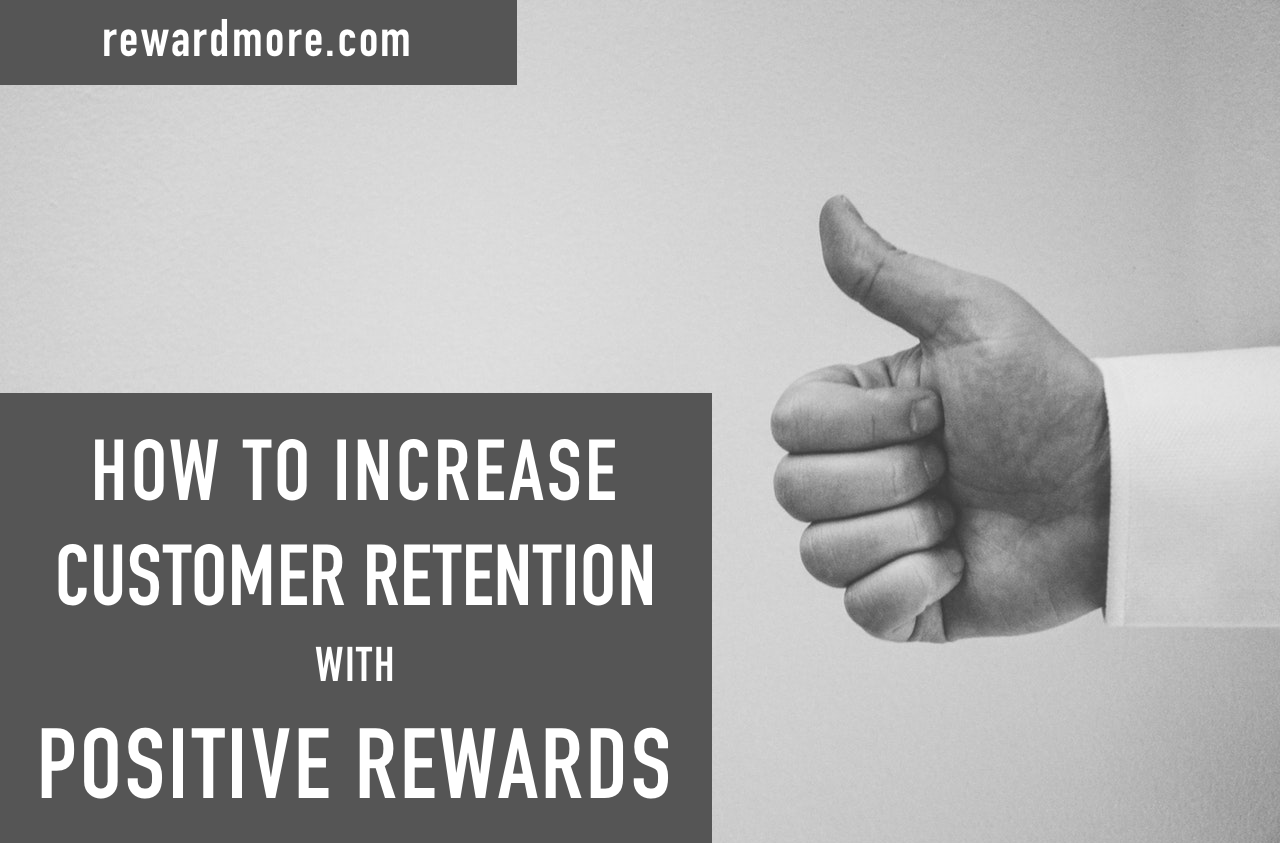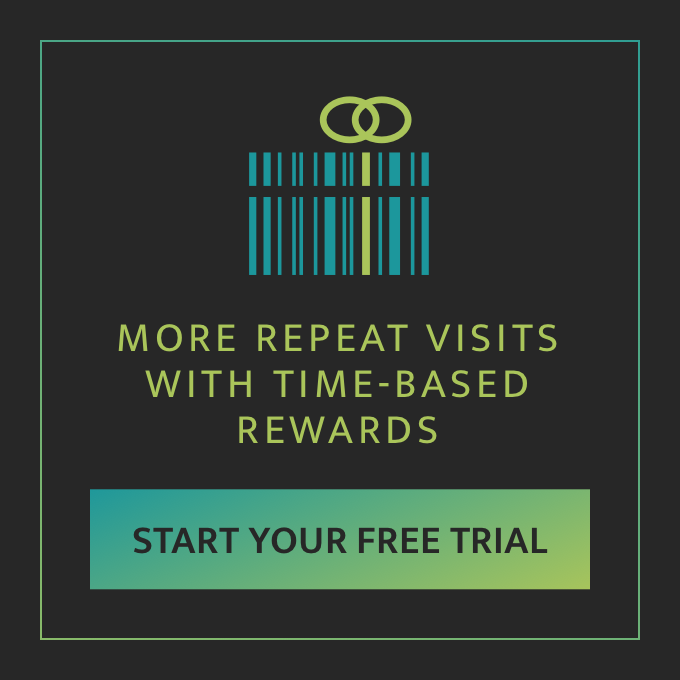How to Increase Customer Retention with Positive Rewards

Let’s face it, if we own a health, beauty, or wellness business we need to be effective at changing people’s behavior. Not only does our business need it, but our clients are better served when we do.
Clients come to us for help and the more we help them, the better off they are. The problem is most people are not sensitive to their own self-care needs and push it off longer and longer until they are a complete basketcase before coming in.
The good news is, changing behavior is actually most effective when it is fun and this means you can improve customer experience at the same time by offering them positive rewards. Positive rewarding clients when they visit is an effective method to change their behavior from self-negligence to self-care.
This blog covers the importance of positive rewards and how how to implement them in order to get clients to care for themselves by coming back more regularly. Read to the end for pro-tips on using positive rewards to both help your clients, and achieve your business goals.

What is positive rewards?
Positive rewards is a method of behaviorism where learning is seen as a change in behavior due to an external stimulus.1 This theory is well studied by the famous psychologist B.F. Skinner and is considered one of the most effective ways of changing behavior. It is proven the best method for animal training, child raising, employee performance and many other applications where behavior modification is desired. Learning how to use it for your business can both improve customer experience and increase customer retention.
According to most models, there are 2 types of reinforcement, positive and negative with positive reinforcement being the more effective of the two.
- Positive reinforcement is applying an appetitive stimulus, or a reward, to get the behavior that you want.
- Negative reinforcement is applying an aversive stimulus, or a punishment, to prevent the behavior that you don’t want.
When it comes to running a health, beauty, or wellness business, we have to keep the emotional experience positive or a customer will develop a negative association with our brand. For this reason, it is important that far more positive reinforcement is used and when negative reinforcement is necessary, it is small and offers a pathway to the positive reward.
According to Douglass Wick of the Strategic Discipline blog, positive reinforcement requires the following to be effective:
- It has to be personal
- It has to be contingent on behavior
- It has to be received immediately
- It has to be given frequently
When each of these requirements is met as a part of a positive rewards program, it can produce a powerful system to help both your clients and your business thrive.
Making the positive reward personal
Since you run a business and want it to be successful, it is likely that you have crafted a very high quality service and take pride in delivering a personal experience to your clients. This is very important for customer experience and the success of your business, but it isn’t really considered a positive reward because it is the service they paid for.
An extra positive stimulus is needed to help change behavior. This can be congratulating them for coming in or giving them a small discount on the services they bought.
Delivering this positive reward for doing something that helps them does more than simply create a positive association with your brand. It reinforces the behavior of doing something good for them which will translate into more self-care.
Making the reward contingent on behavior
It is becoming increasingly known that giving rewards for free, not only is ineffectual, but can be counter-productive. For instance, when a client receives a discount they didn’t earn, it lowers the value of the service and can undermine service pricing.
This is why monthly newsletters with a promotional discount doesn’t work to change client behavior. It may bring a few back, but since the reward is not contingent on any action, it doesn’t modify their behavior. They know they can simply wait until the next newsletter or the following one to get the discount you will likely send out.
Membership and package programs are not strong behavior modifiers either. The discounts they earn are paid for in advance, not given based on them changing behavior. They do not get rewarded for coming in, rather they get punished with lost services if they don’t.
This is called penalty reinforcement, and is the least effective approach. It certainly works to get clients coming back, but the effect is short term and often works against the long term behavior modification because the emotion for coming in tends to be guilt from not wanting to lose what they already paid for.
To effectively change behavior, the positive reward needs go be contingent on action that produces change. A great example of this would be giving a discount only if their visits are within a short time of each other. This changes their behavior to make more frequent visits a consistent part of their life.
Giving the reward immediately
If a reward is not given immediately after the action, it does little to change behavior. One of the greatest failures of points-based reward programs is that they don’t reward immediately. These systems all require that a client visit or purchase a number of times to save up points until they have enough to redeem for a reward.
For a reward program to be effective, it needs to deliver the reward on the same visit as the behavior changing action was taken. Frequency loyalty meets this criteria as it rewards each visit so long as the visit is within a short time of the last visit. The reward given reinforces the behavior of visiting often and works to keep clients coming back regularly.
Giving the rewards frequently
Each reward changes behavior slightly and when added up over time, it results in a strong modification that will last a lifetime. If the reward isn’t given frequently, the inconsistency of rewards gives mixed signals and the learning stops.
When a points-based reward program only gives a reward once enough points are saved up, the infrequency of receiving the reward does little to affect change. This is why points-based loyalty systems work fine for coffee or sandwiches, where items are purchased daily and a reward is received frequently, but not for service based businesses where a reward could be months out.
Pro-tips for positive rewards
- Messaging – Messaging is the easiest positive reward strategy to enact and it is very effective. Using a language of praise makes people feel good about what they have done. Simply congratulating a client for a regular visit is a powerful technique to help modify their behavior to keep coming back regularly.
- Recursively – Using the techniques of behavior modification with your employees is a great way to get your employees to perform at higher levels while also getting them to use the techniques with your clients.
- Deployment – Start small. There is no need to rearrange your entire customer retention strategies to implement.
- Technology – Use technology to assist your efforts. Frequency loyalty is a great form of positive rewards that also unlocks an additional stream of revenue so your business can earn more while your clients get more of the services they love.
Positive rewards is a great way to help change your client’s behavior from self-neglect to self-care. The better we are at facilitating this behavior modification, the more both our business and our clients thrive. Be certain to implement positive rewards as a part of your customer retention strategy to help increase repeat visits and improve customer experience.





0 Comments